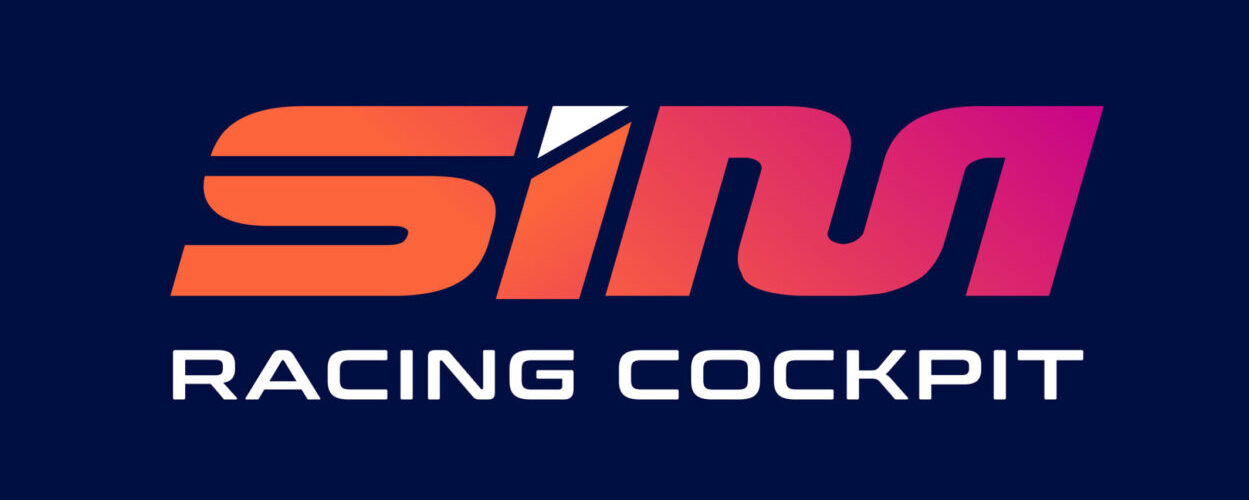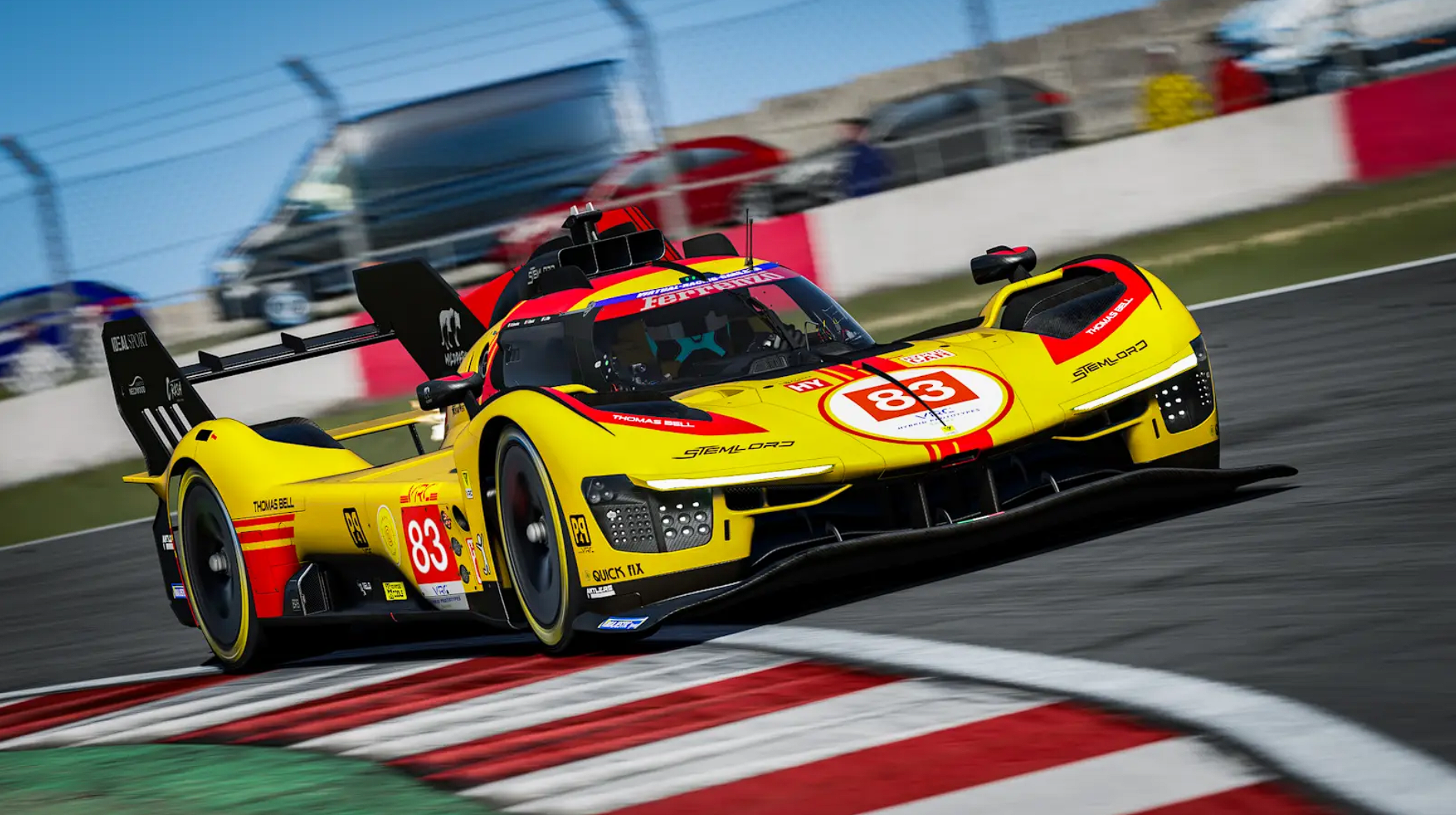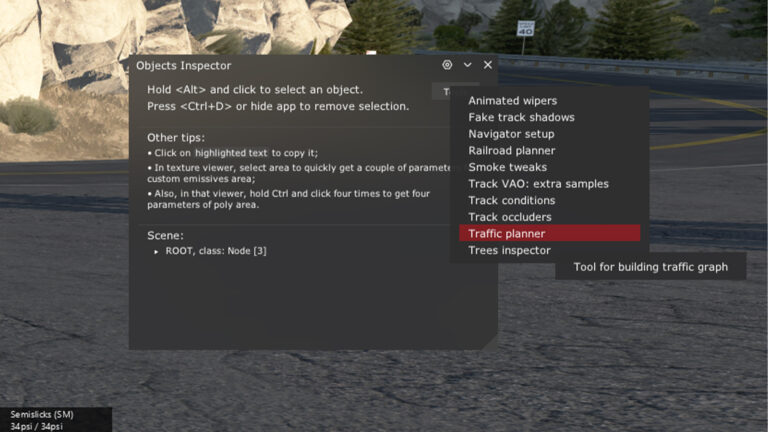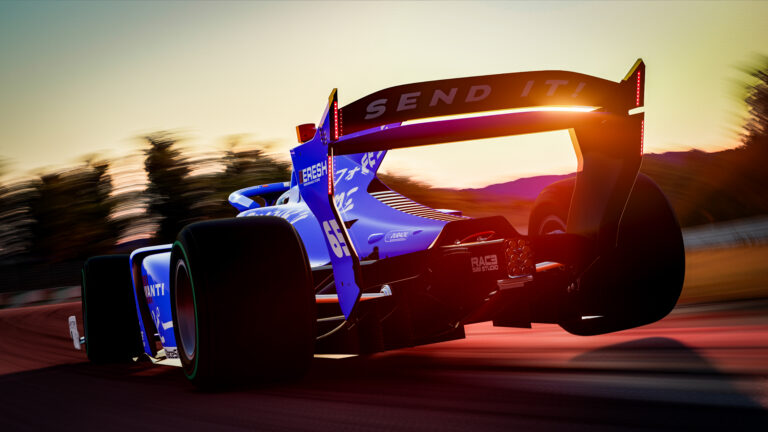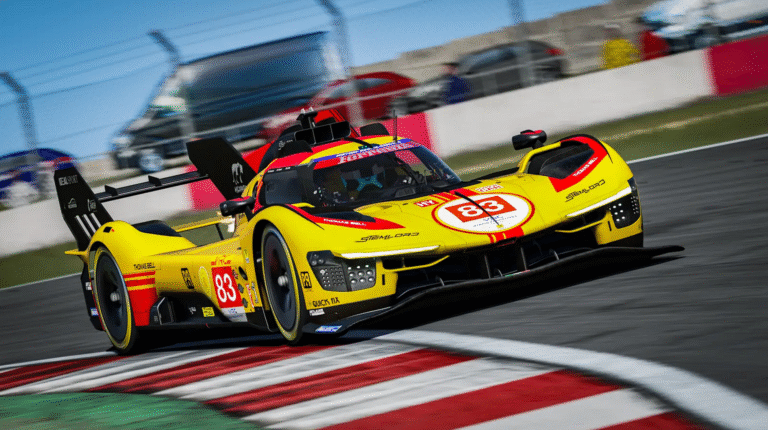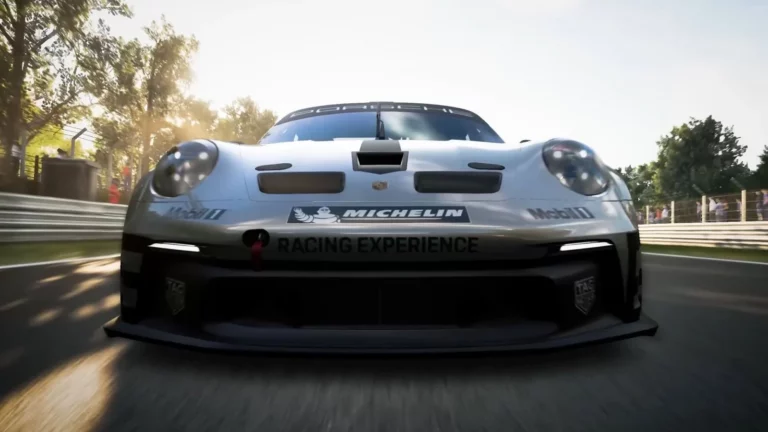Hypercars are becoming increasingly prevalent in sim racing: RaceRoom will add them in its huge September update, iRacing nearly has the full IMSA GTP field already, and Automobilista 2 also has an impressive range of hybrid prototypes.
Even console-focused racers like Forza Motorsport and Gran Turismo 7 have got in on the action, although GT7 currently has just the one example.
But they all pale in comparison to Le Mans Ultimate, which undoubtedly represents the top class of sports cars better than any other game or sim, as you’d expect for the official game of the World Endurance Championship (WEC).
As ever, though, Assetto Corsa’s incredible modding scene has an answer to LMU’s hegemony, and below we examine how AC mods can compete with the very best Hypercar simulator available.
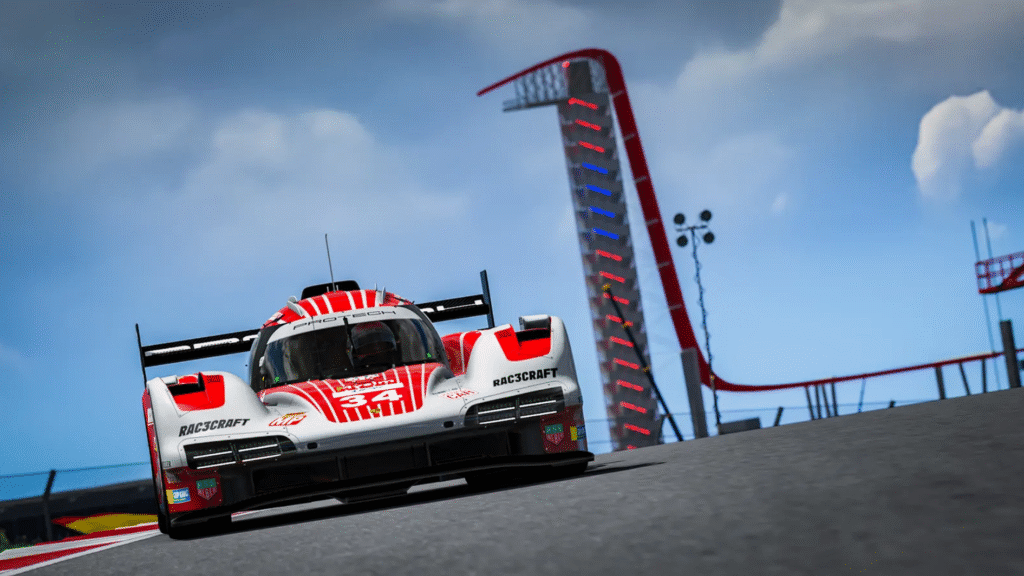
Where to find Assetto Corsa Hypercar mods
Since Kunos Simulazioni hasn’t created any Hypercars for AC (and no, the developer’s LMP1 Hybrids from Toyota, Porsche, and Audi do not count!), mods are the only way to get the top class of WEC in-game.
There are plenty of options available for those who wish to download Hypercar mods in AC, with a cursory glance at Google providing several free download links.
However, the trouble with many free AC mods is their provenance, as some are simply illegally repurposed content. This means many mods are low quality and miss key features. Even worse are mod sites that rip content from other creators and sell it as their own work.
However, there are a few legitimate modders out there, and although it’s naturally a big ask for a small team to achieve similar results to LMU, some get extremely close.
Reputable Hypercar mods and prices
We shall only recommend AC mods from reputable sources in this article. As a result, we will test three cars from the Virtual Racing Cars (VRC), Race Sim Studio (RSS) and United Racing Design (URD) modding teams.
RSS currently has three Hypercars available: the MP-H Bayer Hybrid V8, the MP-H Callahan and the MP-H Protech P96 V8. These represent WEC’s BMW M Hybrid V8, Cadillac V-Series.R and Porsche 963 LMDh cars, respectively, priced at £4.19 each. One more Hypercar, the Lamborghini SC63-based Lanzo S6 V8, is currently in the works.
VRC offers five Hypercars: facsimiles of the Isotta Fraschini, the Alpine A424, the 2023-spec Peugeot 9X8, the Ferrari 499P, and the Cadillac (billed as the Isola Santini, Arden V24, Pageu 9T8, Ferrenzo P49, and Cadenza V). These are available separately for $5.49 each.
URD, on the other hand, only has one LMDh Hypercar on sale currently: a version of the Cadillac (it seems to be a popular choice!), called the AC Dallas VSR, available for €5.
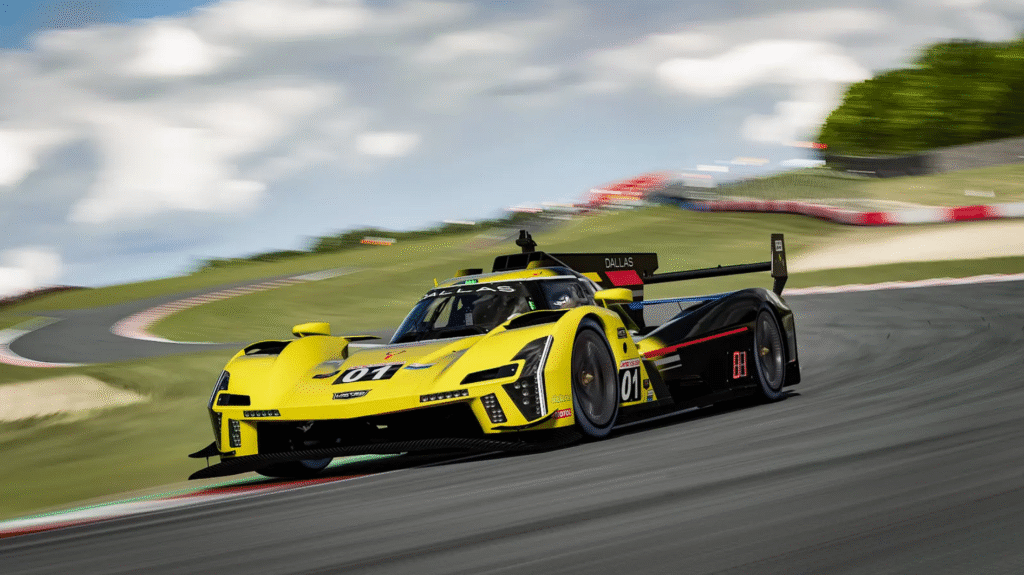
RSS, VRC and URD Hypercar systems comparison
The three RSS Hypercars simulate the deployment and regeneration of electrical energy (for a full guide on Virtual Energy and how modern Hypercar hybrid systems work, see our companion article). Still, the studio’s latest Callahan has moved its hybrid modelling up a notch, as it now balances the power created by the internal combustion engine (ICE) and the electrical energy produced by its motor generator unit (MGU).
Increasing the amount of electrical assistance on a Hypercar shouldn’t increase its performance, only its efficiency, which the Callahan gets right. The RSS Protech and Bayer will receive a similar update in future, but for now, their battery power supplements the ICE, which is unrealistic.
The URD and VRC cars also excel in this aspect, with the URD car even allowing players to adjust the Balance of Performance (BoP). Power and available energy per stint can both be changed, which potentially makes it easier to match cars for online racing, with URD’s mod offering an incredibly detailed range of setup options.
Each of the Hypercar mods also offers far more detailed setup options than what you’d find in LMU, which is frankly astonishing given that AC wasn’t designed to include Hypercars.
However, the VRC and URD Hypercars somewhat blot their copybooks by charging their battery while coasting, which is entirely unrealistic for modern-day Hypercars, which only recharge the MGU under braking – a hangover from Kunos’ LMP1 Hybrid model.
The VRC car, which is an LMH rather than an LMDh (see here for a detailed explanation of the differences between the two), deploys its battery from 0 mph, which is also inaccurate (deployment is speed-limited to 190 kph and above in LMH cars).
According to the Hypercar rulebook, LMDh cars can deploy from a standing start, something that both URD and RSS get right.
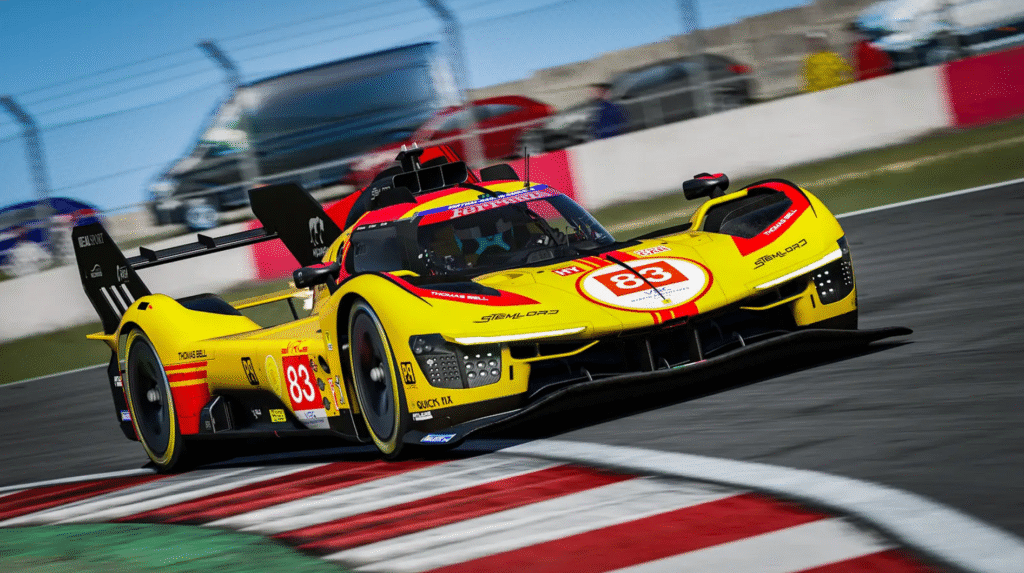
Traction control, brake migration and other features
RSS, VRC and URD Hypercars model other systems like brake migration and traction control, but there are some limitations to this in AC.
For example, brake migration, where drivers can adjust the forward or rearward brake bias by varying the amount of pedal travel, can only be accessed in AC thanks to the Custom Shaders Patch (CSP). This mod introduces numerous visual upgrades and new features to the sim, and is essential for providing the optimal AC experience. All three modding studios have enabled this feature in line with the real-world WEC Hypercars, although non-CSP versions of the cars are also shipped.
In terms of TC, only the VRC car can alter the TC Slip setting, controlling when the TC will intervene as the driven wheels begin to lose traction and slip laterally, while the URD and RSS cars can only alter TC1 (traction control level) and TC Cut/TC2 (the severity of how the TC cuts in to prevent wheelspin).
For RSS, TC2 incorporates both the Cut and Slip functions, so theoretically, a separate Slip control isn’t needed. Tyre slip and TC lights are present on all three Hypercars, though, with intricately detailed dash screens displaying a whole host of useful information. It’s impressive stuff.
One thing that isn’t present on any of the cars is the 2025-style LED position boards, which is in both the WEC and LMU. It isn’t integral to the driving experience, but it certainly helps with immersion when viewing the cars from broadcast cameras. URD has programmed in position boards, however, but in an older style.
Fuel target, where you can set a fuel number you’d like to hit during a stint, is present on the RSS cars, similar to LMU. This shows a delta on your dash, which allows you to adjust your driving style to suit the number displayed. URD and VRC has not implemented this function yet.
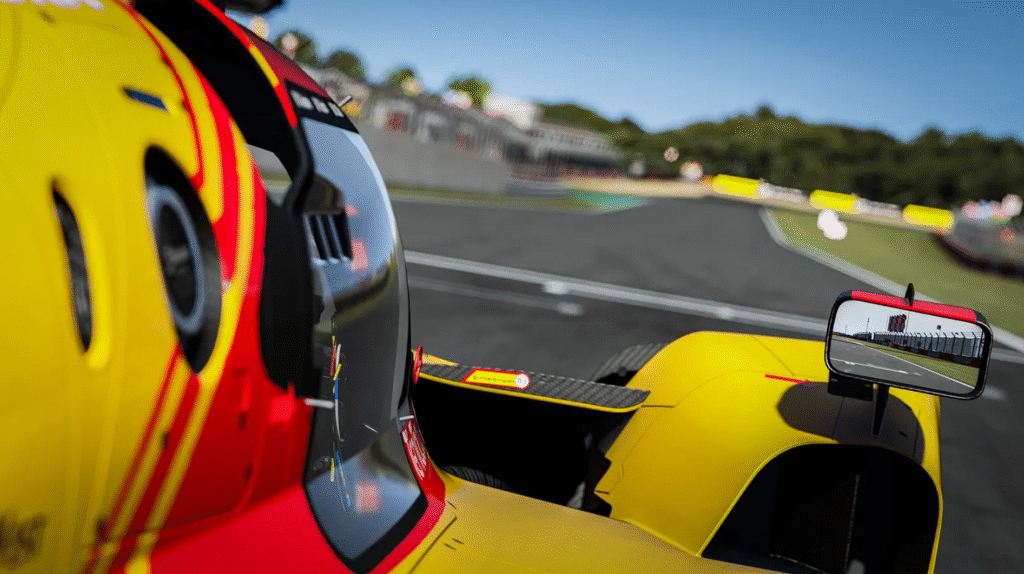
Physics, feedback, sounds and graphics
In terms of car dynamics, RSS’s three cars and URD’s Dallas feel extremely stable using the default setups provided. However, VRC’s Ferrenzo P49 is much more challenging to drive, feeling closer to LMU’s Hypercars.
The Ferrenzo is lively on the power, even with high TC settings, and tends to oversteer under braking, no matter your hybrid settings. Its FFB is also similar to LMU’s, in that the steering wheel feels much lighter around the centreline, whereas the URD and, in particular, the RSS cars, feel much more visceral to drive.
In terms of audio, all three modding studios have implemented hyper-realistic external and internal sounds for their Hypercars, but RSS has really pushed the boat out with its new Callahan.
The real-world Cadillac’s high-revving V8 engine is represented wonderfully in RSS’s mod: shut your eyes and it’s like listening to a real-world WEC event – we’d even go as far as to say it sounds better than LMU’s Caddy, giving your ears a proper pounding.
All three studios have also added convincing incidental noises, including MGU’s whirring under acceleration and braking. VRC’s Ferrenzo sounds like it’s deploying battery power from a standstill, which is incorrect, but the effect sounds great. It’s just a patch away from being even more immersive, though.
The standard of car modelling is incredible by all three teams, which shouldn’t be surprising given many of their artists have contributed cars to mainstream games and sims. Arguably, however, VRC and RSS stand clear of URD in terms of cockpit detail.
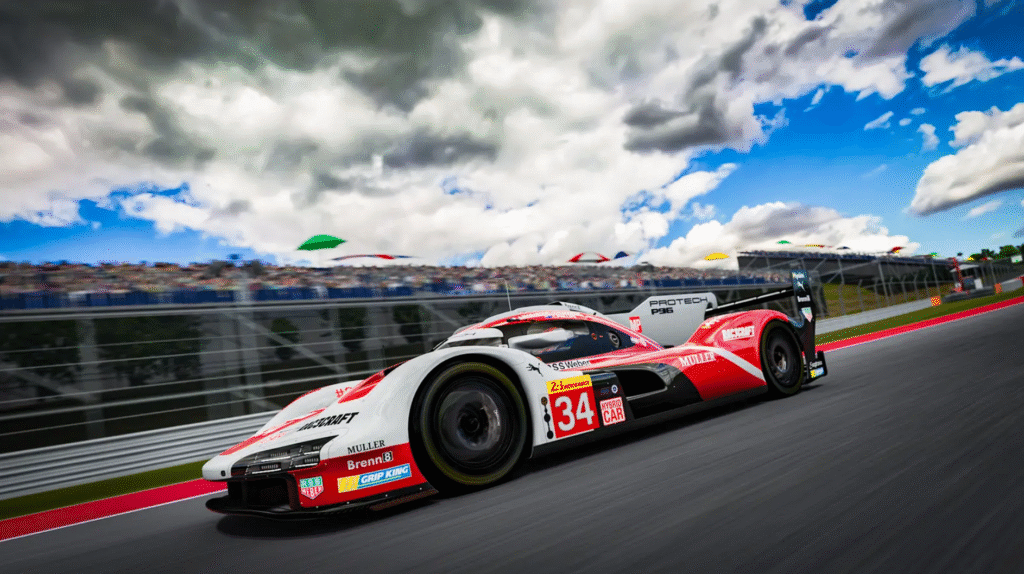
Conclusion
Overall, URD, VRC and RSS have individually produced high-quality Hypercar mods, but thanks to a combination of its hybrid model accuracy, sounds and force feedback, RSS just pips the competition in our opinion.
The RSS Hypercars are also competitively priced, making the team’s superb work excellent value for money. And remember, you can further increase the immersion of these mods by installing third-party skin packs to recreate the 2025 Hypercar field.
Assetto Corsa’s Hypercar mods almost reach the heady heights of Le Mans Ultimate’s, but Motorsport Games’ title is still difficult to beat if you’re looking for an all-encompassing WEC experience. It’s a close-run thing, however.
Related Articles
What is the Custom Shaders Patch for Assetto Corsa and what does it do?
What is the Pure Weather mod for Assetto Corsa and How do I Install it?
Install Content Manager, Custom Shaders Patch and Pure with our installation Guide in Assetto Corsa
Five of the best single-seater mods for Assetto Corsa
Hypercars in Assetto Corsa: Can these Mods match Le Mans Ultimate?
Assetto Corsa EVO: Everything You Need To Know
Topic: Assetto Corsa Mods
